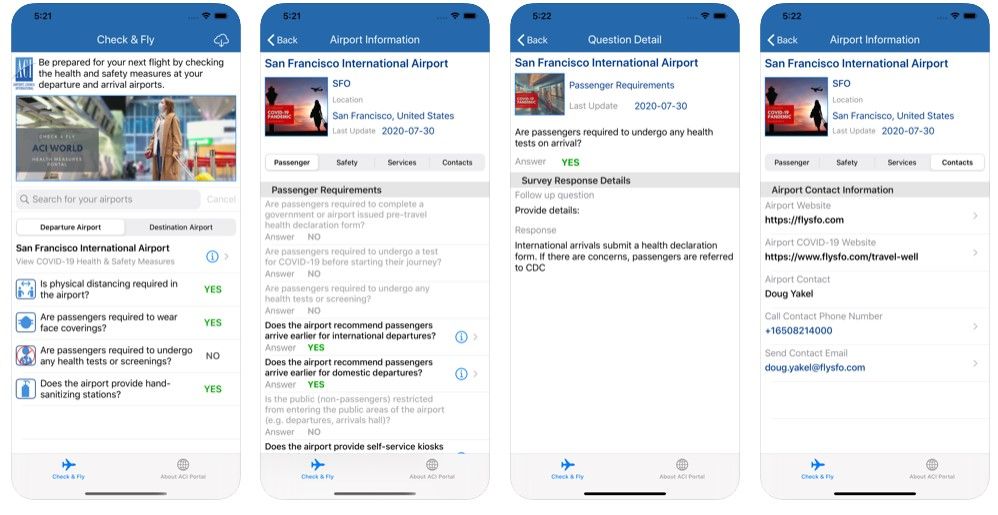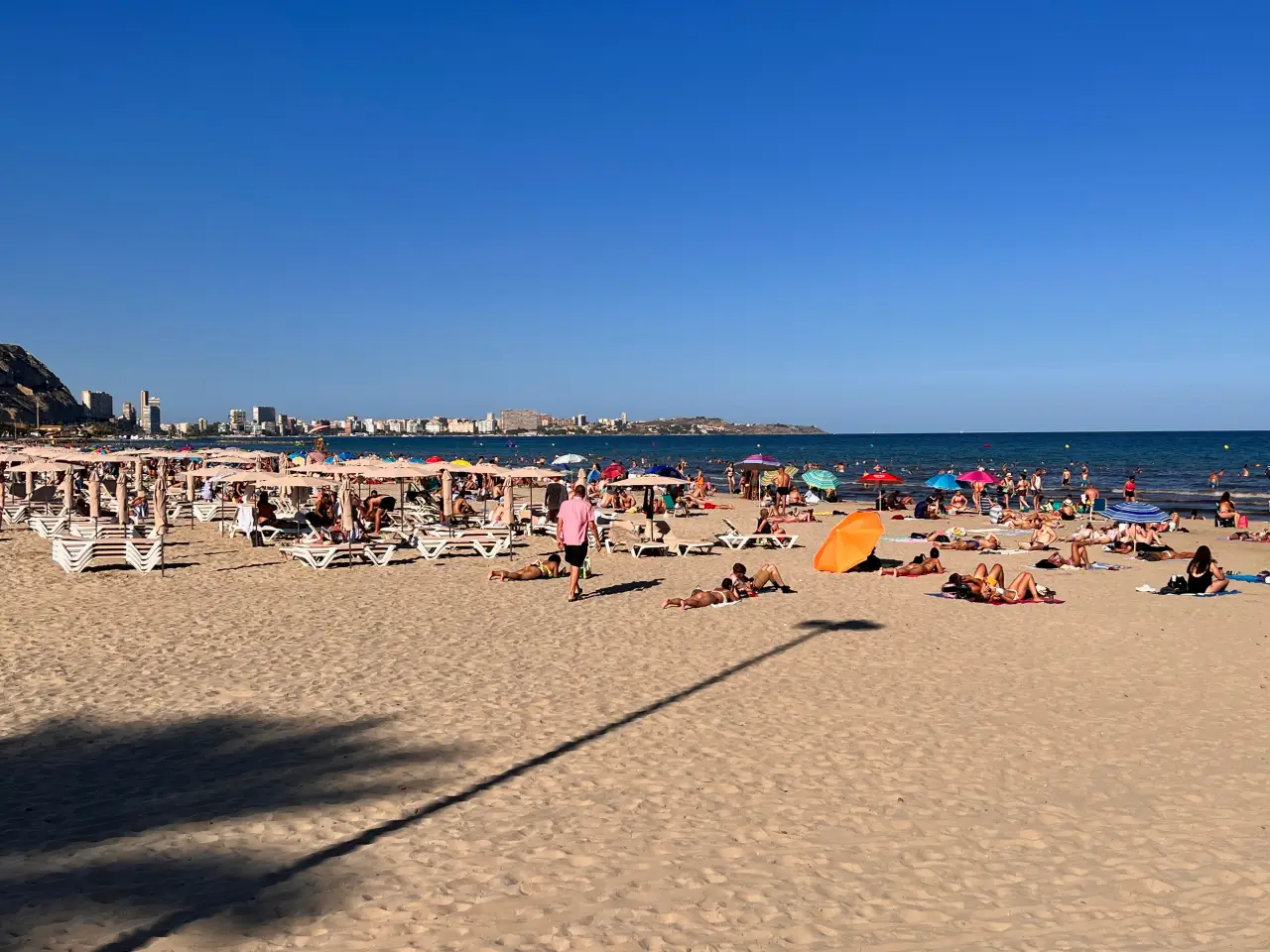CityDNA’s 19th edition of the City Travel Report indicates a robust rebound in European city tourism.
According to the report, the growth rate in 2022 achieved a stunning average of 79.6%, far exceeding the previous year’s rate of 36.7%. Covering a range of 115 European cities, the report offers a comprehensive glimpse into the post-pandemic recovery progress made by these urban hubs.
The remarkable growth has been attributed to a substantial increase in total bednights recorded in 111 out of 115 cities under analysis. London, Paris, and Istanbul continued to hold the top positions in terms of total bednights in 2022. Meanwhile, cities like Rome, Barcelona, and Amsterdam recorded impressive growth, propelling them up the rankings, with Rome shifting from 15th to 5th place, Barcelona moving from 9th to 6th, and Amsterdam from 10th to 7th.
In addition to local recovery, European cities saw a surge in international tourism as well, with both double and triple-digit growth rates recorded from key source markets. The report noted average annual growth rates of 167.0% in international bednights in the cities of the City Travel Report, compared to 82.8% for the EU 27 nations and the UK.
CityDNA’s report further revealed that the average growth rate of bed capacity for the cities gained momentum with an increase of 3.2% in 2022. Bed occupancy also improved, with the benchmark average in 2022 rising to 43.1% from 26.4% in 2021.
In sync with sustainable strategies, the City Travel Report provided key estimates on transport-related CO2 emissions caused by city tourism. The report showed an average nominal value for total CO2 in 2022 standing at 600,199, a figure skewed by large cities like Amsterdam, Lisbon, and Vienna. The report also underscored the importance of train connectivity, highlighting German and Swiss cities’ high numbers of international train connections.
Petra Stušek, President of City Destinations Alliance, commented on CityDNA’s commitment to quality key performance indicators (KPIs). She emphasized the role of products and services in achieving sustainable long-term growth, and highlighted the added insights on CO2 emissions and train connectivity.
Stušek also pointed out the influence of international connectivity on destination choices. “By understanding these factors, destinations can make informed decisions to attract visitors and foster sustainable long-term growth,” she said. This year’s report also included vital air travel insights and analysis in collaboration with ForwardKeys.
The report reflects the resilience of European city tourism amidst the ravages of the pandemic. Despite ongoing challenges like the Ukraine conflict, inflation, and climate change, cities are now able to set more realistic recovery targets for their tourism ecosystems, concluded Petra Stušek.
In summary, the report provides a beacon of hope for the tourism sector, indicating a vibrant recovery and highlighting the resilience of European city tourism in the face of adversity. As sustainable strategies continue to be at the forefront of city planning, cities are finding ways to grow, attract visitors, and offer extraordinary experiences whilst being mindful of their environmental impact.













